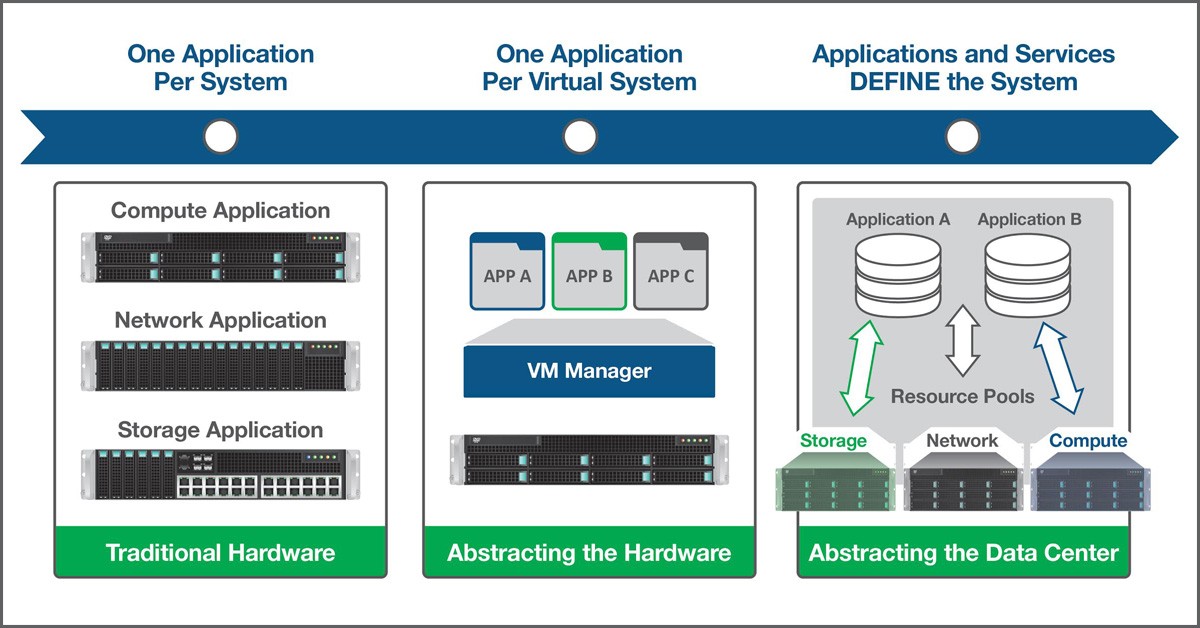After a relatively quiet transaction that began on June 1, 2015, Intel has now officially acquired the Altera Corporation and reformed it as an internal department dubbed “Intel Programmable Solutions Group.”
This acquisition represents a crucial step in the industry-wide transition towards data center architectures that allow faster processing and lower latency. Altera’s Field Programmable Gate Arrays (FPGAs) provide a critical building block in the link between data intake and the rapid, efficient processing demanded by virtualization, analytics, Internet of Things (IoT) sensor arrays, and other computing-intensive use cases.
Bringing on the Altera team internally means that Intel can develop sophisticated processing architectures and ICs that embed FPGA capability to unlock powerful parallel processing capabilities. Applications and systems vendors who wish to stay on the cutting edge of these developments can learn more about what these advancements may bring and how to leverage the full extent of functionality with a value-added system integration partner like UNICOM Engineering.
Taking a Tour of an Altera Corporation
As processing loads place increasing demands on CPUs, companies like Intel look for solutions to maximize simultaneous computing loads, aiming towards near-parallel processing for intensive operation. Since CPUs are technically restricted to working on one linear process at a time, Intel has invested countless time and capital in R&D to make computations as close to parallel as possible. Hyperthreading and NVDIMM DDR4 RAM processing all pursue this goal, as does the development of GPGPU technology.
FPGAs bypass many of the complications associated with these advances precisely because they are programmable for specific tasks versus general workloads. Each FPGA array consists of an IC containing clusters of logic cells. These cells are configurable in a nearly infinite number of gated combinations, allowing for streamlining one specific logic process or the flexibility to reconfigure logic pathways on the fly. Perhaps most importantly, FPGAs can sequester distinct clusters of logic cells to allow for true parallel computing.
With Intel’s latest CPU architecture, FPGAs can rapidly link between two CPUs or within virtualized machine systems. Eventually, the hope is that CPUs and FPGAs can be co-packaged on the same IC ecosystem, integrating the two seamlessly through intermittent clusters of logic cells spread throughout the CPU and local IC.
When fully realized, this technology has the potential for rapid virtualization of multiple VMs through one CPU while simultaneously running Network Function Virtualization (NFV), which is touted as the future of network security and stability.
The dynamic capabilities that FPGA technology contains could help reinvent the processor and, subsequently, the data center as we know it.
Increasing Speed to Market While Decreasing R&D Investment with UNICOM Engineering
Making the most out of FPGA/CPU combinations will not be an easy technological hurdle for the average applications developer to clear. Once they have a stable build of their intended product, they must build and modify it to best use all the new computing functionality.
Since this secondary development period introduces excessive time and risk, developers could instead build on Intel through the expertise of UNICOM Engineering. Our solutions allow for seamless integration within systems as a physical or virtualized hardware appliance. We build, test, and benchmark your product to ensure maximum capability and then provide resources to help accelerate your time to market.
Read our recent blog post to learn more about how UNICOM Engineering can help induct you into the emerging world of ultra-low-latency computing.
